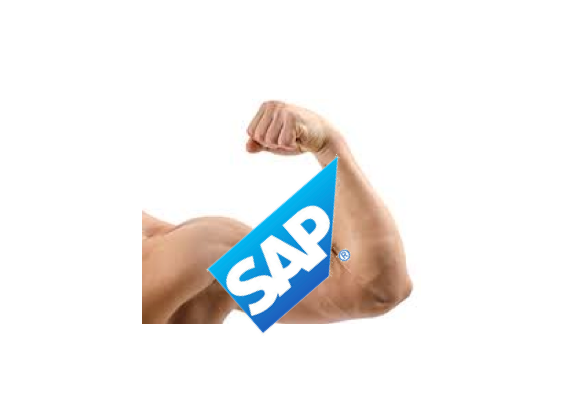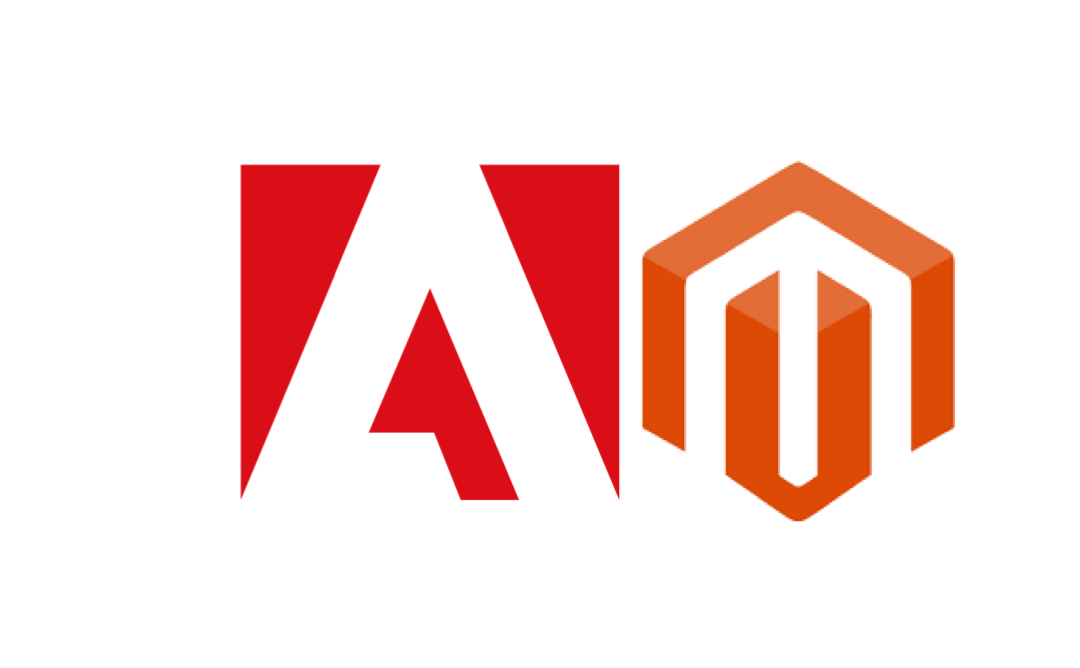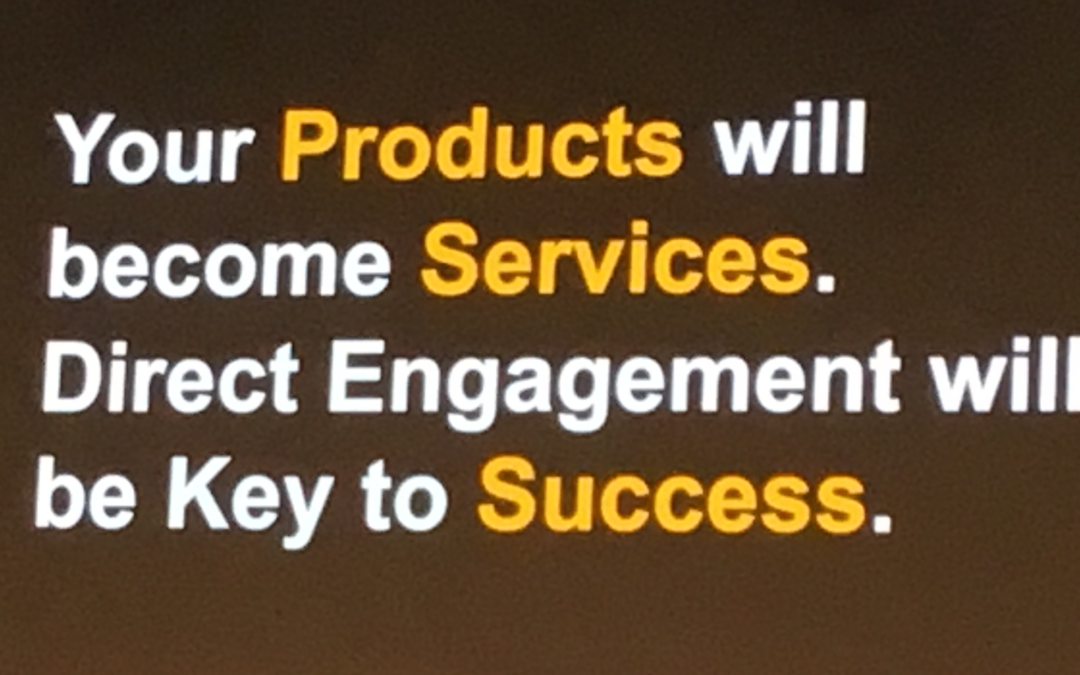
by twieberneit | Sep 27, 2020 | Blog |
Earlier this year, a few days after attending SAP Sapphire reimagined, I asked Quo Vadis, SAP. At that time industry legend Bob Stutz led the CX group already for 8 months, with Esteban Kolsky being his chief of strategy. At this event there was hardly any mention of SAP CX. This is in spite of the CRM market being the fastest growing enterprise software market and in contrast to then CEO Bill McDermott’s bold statements that SAP will take Salesforce heads on. Esteban meanwhile changed his role and has become Head of Product, Customer Service and Sales for the SAP CX unit, which indicates that there is an emphasis on execution. And then, there was the announcement that Qualtrics, the company that basically defined the experience management market and that SAP acquired barely two years ago, will be brought public. So, something is happening. But still, there is no word about a strategy or a vision besides a few hints that Bob and Esteban gave during various webcasts or a blog post, in which Esteban gave a glimpse at what he sees as the next generation CRM. It should not surprise you that his thoughts have to do with platform, as the overall market for business applications, and especially the market for customer experience, has morphed into a platform market. This void of communicated strategy was supposed to be filled in early May. This communication was cancelled in the wake of Jennifer Morgan leaving SAP and Christian Klein becoming the sole CEO. This void shall be closed soon, after it lasted far too long. This indicates some alignment challenges...

by twieberneit | Nov 14, 2019 | Analysis, Blog |
The News In the past month, Salesforce made announcements around some interesting topics. First, beginning of October, the company introduced Einstein’s Guide to AI Use Cases, a web tool that is targeted at helping businesses identify viable use cases and provide some information about what it takes to support it. It starts with information and videos that explain AI, terms around AI and give some examples how AI can help improve different aspects of a business. According to Sarin Devraj, Associate Product Marketing Manager Salesforce Einstein, for time being the site covers some fifty use cases but will be updated regularly to increase the coverage of relevant and interesting use cases. The website is intended to be top-of-funnel. The second and more recent announcement was about introducing Lightning Order Management, which shall enable brands to deliver end-to-end commerce experiences from shopping to shipping. Lightning Order Management is currently in beta and will be made available later this year. Right now it focuses on B2C processes. Based upon Lightning and enabled by Salesforce’s vast partner network, Lightning Order Management offers a low code platform that helps companies to easily create order management flows, including some partner applications. Salesforce expects the number of partner applications to increase steadily. Lastly, in the beginning of November, Salesforce announced its own Salesforce CMS, a hybrid content management system designed to help easily create and deliver content across channels. Salesforce CMS is designed to be simple, fast yet flexible, and closely connected to the Salesforce infrastructure. For time being Salesforce CMS is geared towards the Salesforce B2C e-commerce solution, but shall be extended to support...

by twieberneit | Jun 14, 2018 | Analysis, Blog |
The News On June 13, 2018, during its annual Connections event, Salesforce announced a number of additions to their marketing cloud and their ecommerce and service clouds. The announcement goes into three main directions: Based on the strategic alliance that Google and Salesforce entered into in November 2017, the Salesforce Marketing Cloud will get a deeper integration with Google Analytics 360. Starting now it will be possible to combine Google Analytics 360 data and Salesforce Marketing Cloud data in a single customer journey dashboard within Marketing Cloud. Conversely, Google Analytics 360 can now leverage Marketing Cloud campaign data to better deliver targeted content to consumers. Both integrations enable a deeper understanding of customers and their behaviours. Later, in Q3 this year, Salesforce plans to offer a beta release of an integration that enables marketers to create audiences in Analytics 360 and to activate these audiences for engagement within the Salesforce Marketing Cloud. Marketing Cloud Einstein gets a segmentation and a split capability. The segmentation ability enables the uncovering of patterns in consumer behaviour and the discovery of new audiences that then can get reached with personalized messages. The split capability enables marketers to create unique personalized journeys for each customer with simple means, getting an optimized path for them, based on the marketing objective. There are a number of innovations to enable engagement across touch points. First, Salesforce announces their B2B ecommerce ability, second the new interaction studio that enables the creation of contextually relevant engagements and experiences in real time and third, the broadened availability of Service Cloud LiveMessage in 17 more countries. Live Message enables companies to...

by twieberneit | May 24, 2018 | Analysis, Blog |
The News On May 21, 2018 Adobe announced that it has entered a definitive agreement to acquire Magento Commerce. The obvious objective of Adobe is to integrate Magento’s commerce capabilities into their own experience capabilities. According to Brad Rencher, executive VP and general manger, Digital experience, with this acquisition Adobe is the “only company with leadership in content creation, marketing, advertising, and now commerce – enabling real-time experiences across the entire customer journey”. Magento Commerce (Magento) is a ”leading provider of cloud commerce” software to merchants and brands. Magento covers both, B2C and B2B vendors. The company is listed as a strong performer for both, b2b- and b2c ecommerce solutions in this year’s Forrester Waves on Commerce Suites. The Bigger Picture Adobe is all about ‘delivering experience’. You should read the second part of friend Paul Greenberg’s recent ZDNet article on Adobe where he explains customer experience, brand experience, and consumable experiences – and where he sees Adobe in this triple – in his uniquely great fashion. A marketing suite like Adobe’s Experience Cloud needs channels into which the insights, that the marketing solution generates, are pushed. The most important one being e-commerce. E-commerce is also the channel that offers most potential. The technology is no more bound to just a commerce web site. The site is just one possible interface. As is a chat bot in Facebook Messenger. As is Alexa. Or Siri. Or Google Assistant. You get the picture. Further, an e-commerce site is not only the foremost channel to send marketing communications to (and to deliver experiences), but also one of the most important input channels...

by twieberneit | Oct 23, 2017 | Analysis, Blog |
This year’s SAP Hybris Summit in Barcelona was attended by almost 3,000 paying participants, which is likely to make it the biggest ever, in spite of the recent unrest in Catalonia. It was packed with partners and presentations. The message all around was about subscription economy, how companies will need to transform themselves from product- to service companies, and how SAP supports this by delivering YaaS, networked solutions, IoT and machine learning, based upon the SAP Cloud platform. Owing not only to the topic of subscription economy GDPR was, of course, a topic, too. The key message here was: Our software helps you being compliant. With SAP Hybris standing not only for ecommerce but also for SAP’s new brand of CRM (oops, engagement) solutions, there was astonishingly little information about the Sales- and Service Clouds and only a few bits about the Marketing Cloud. The pending acquisition of Gigya was naturally out of scope, although Gigya as a partner featured in the show with a booth and presentations in the theaters. Day One Having said this, the first keynote, held by SAP Hybris president Carsten Thomas, was slightly underwhelming. It set the stage for the topic, but was essentially last year’s content. The narrative was all about how companies like Uber and Airbnb change the game for traditional companies, the impact of machine learning, and the importance of focusing on experiences (not even outcomes). In brief: nothing new, and only a fuzzy view on SAP Hybris’ strategy. It, however, was presented very well. The Q&A’s offered on day one added some more flesh to the topics, also on the...






